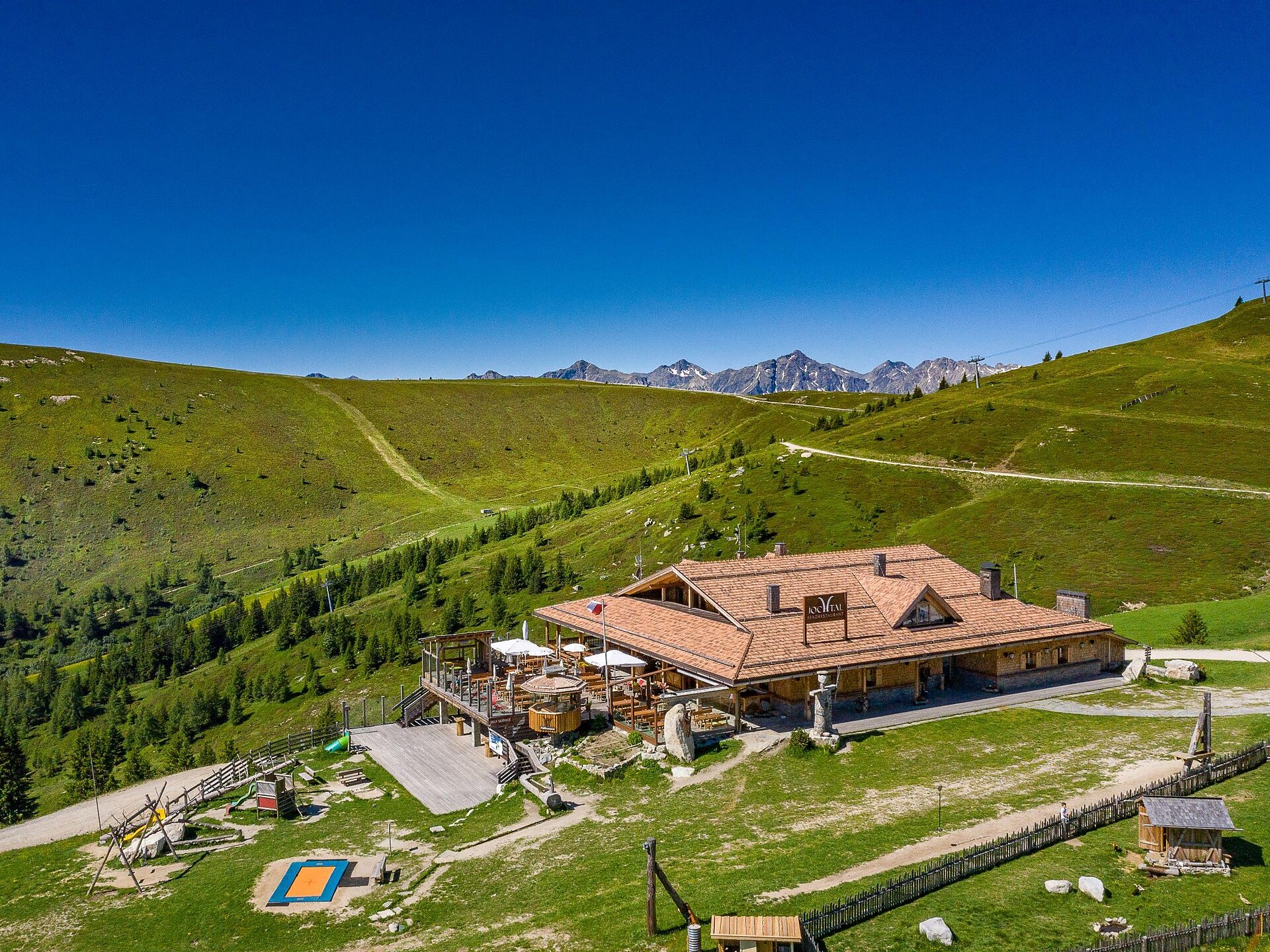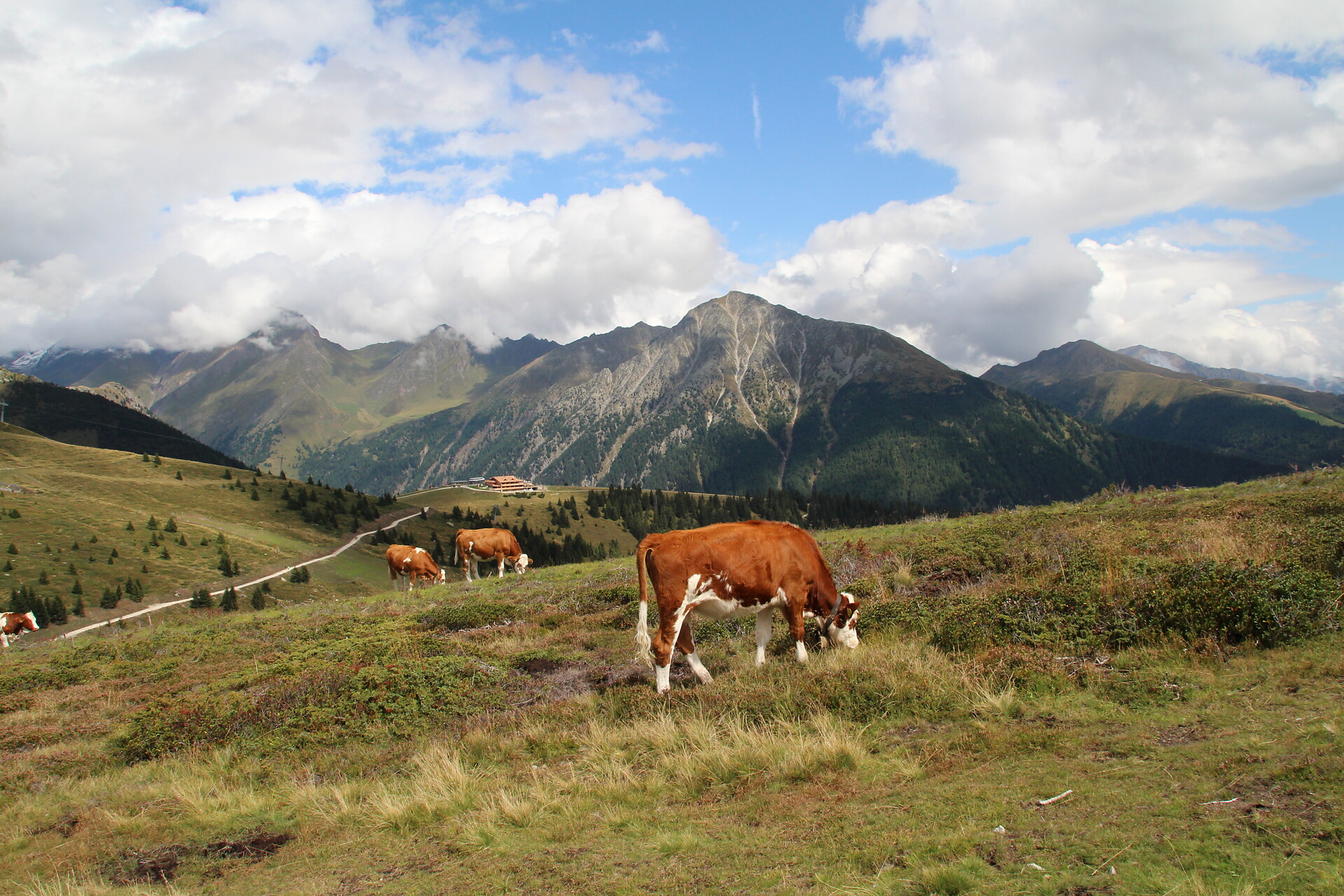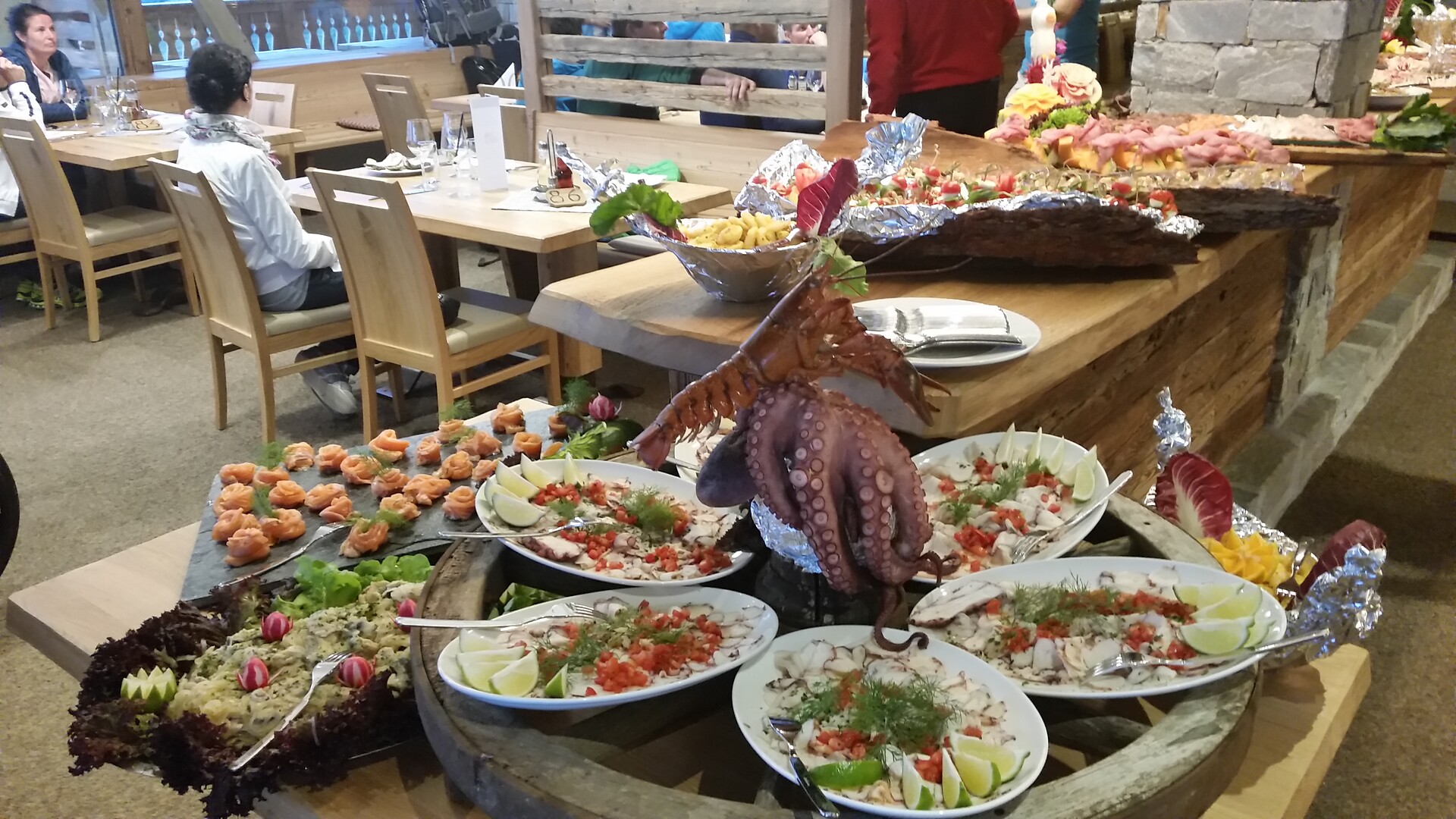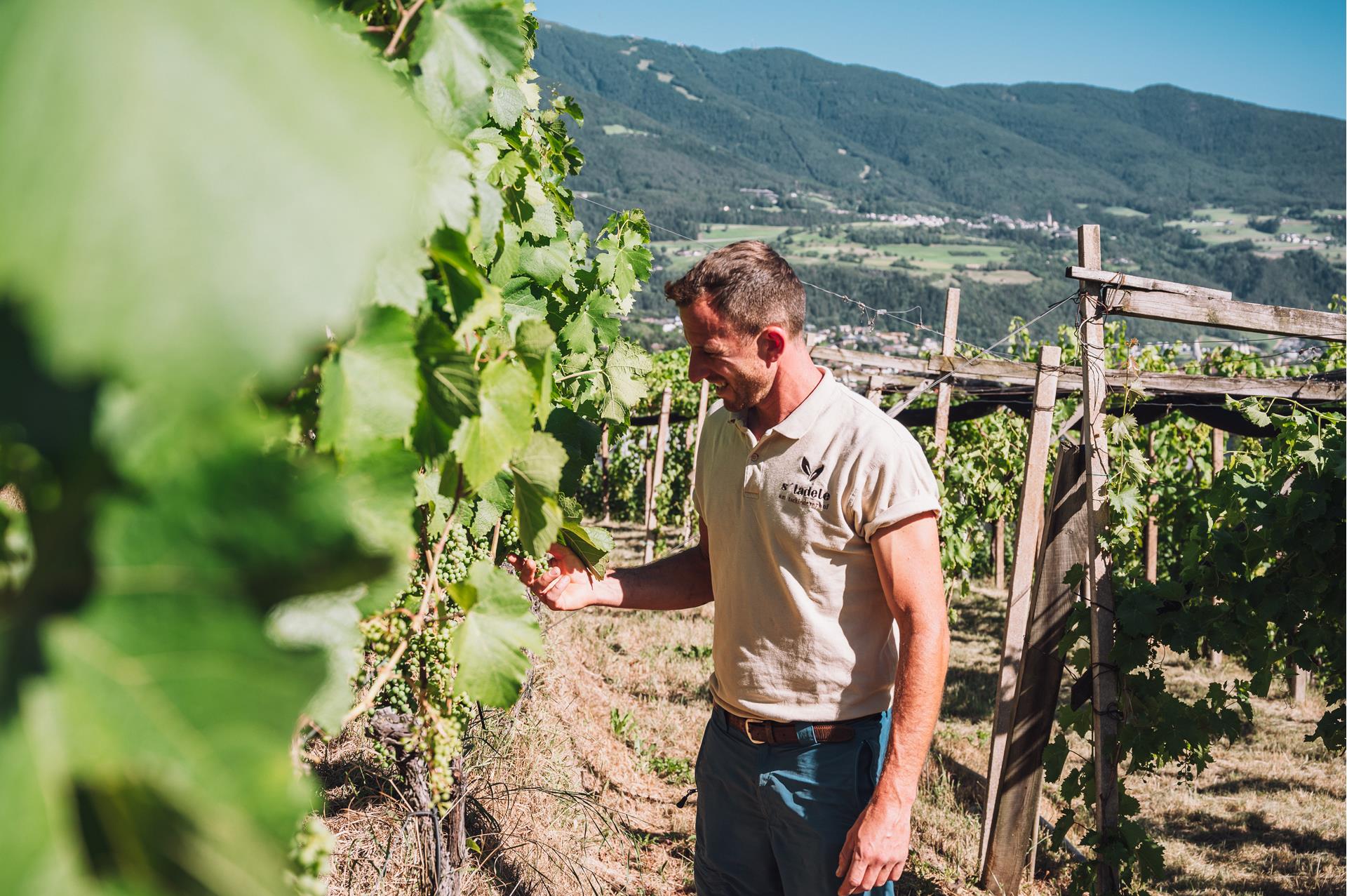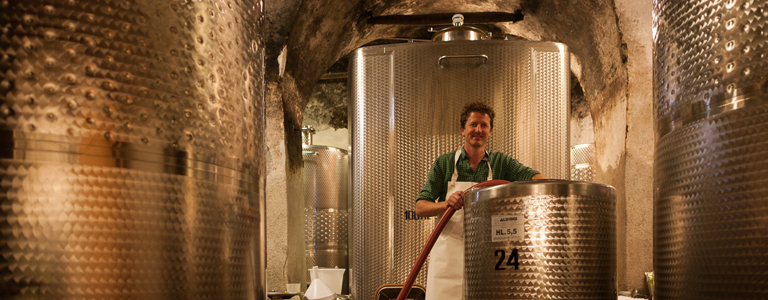But biodynamic or not, it doesn’t matter: work is work. The leaf trimming of the vines that are up to forty years old takes place at the Radoarhof just like everywhere else, and it is also taken just as seriously. And yet the work in the vineyards of the Radoarhof that are situated at 900 meters and encompass three hectares differs fundamentally in many ways from those that are more conventional, and that is also reflected in the results: Norbert Blasbichler is convinced that “The use of biodynamic preparations, various herbal teas, the planting of greenery, and the consultation of the phases of the moon yield special grapes.”
Contributions to the “special grapes” are also made by the slate soils and the constant sunshine. And they are also processed specially in the winery. For the fermentation, for instance, only natural yeast is used, and the wines – Müller Thurgau, Kerner, Zweigelt, and Pinot Noir – are allowed to mature after that for nine months, some of them in large oak barrels.
And by the way: at this winegrowing estate so close to the sky, top-quality distilled spirits are also produced. Biodynamically, of course.






























